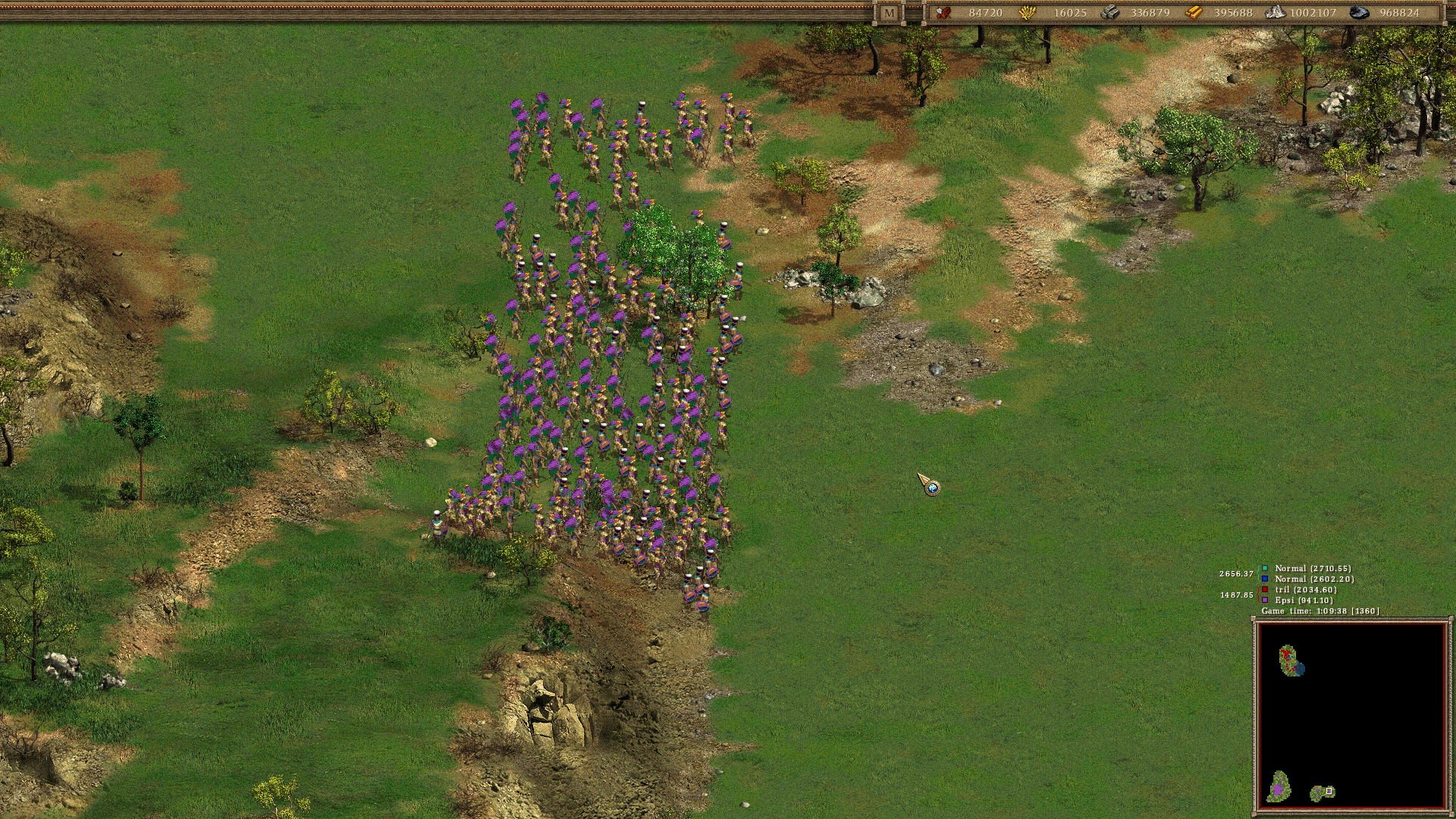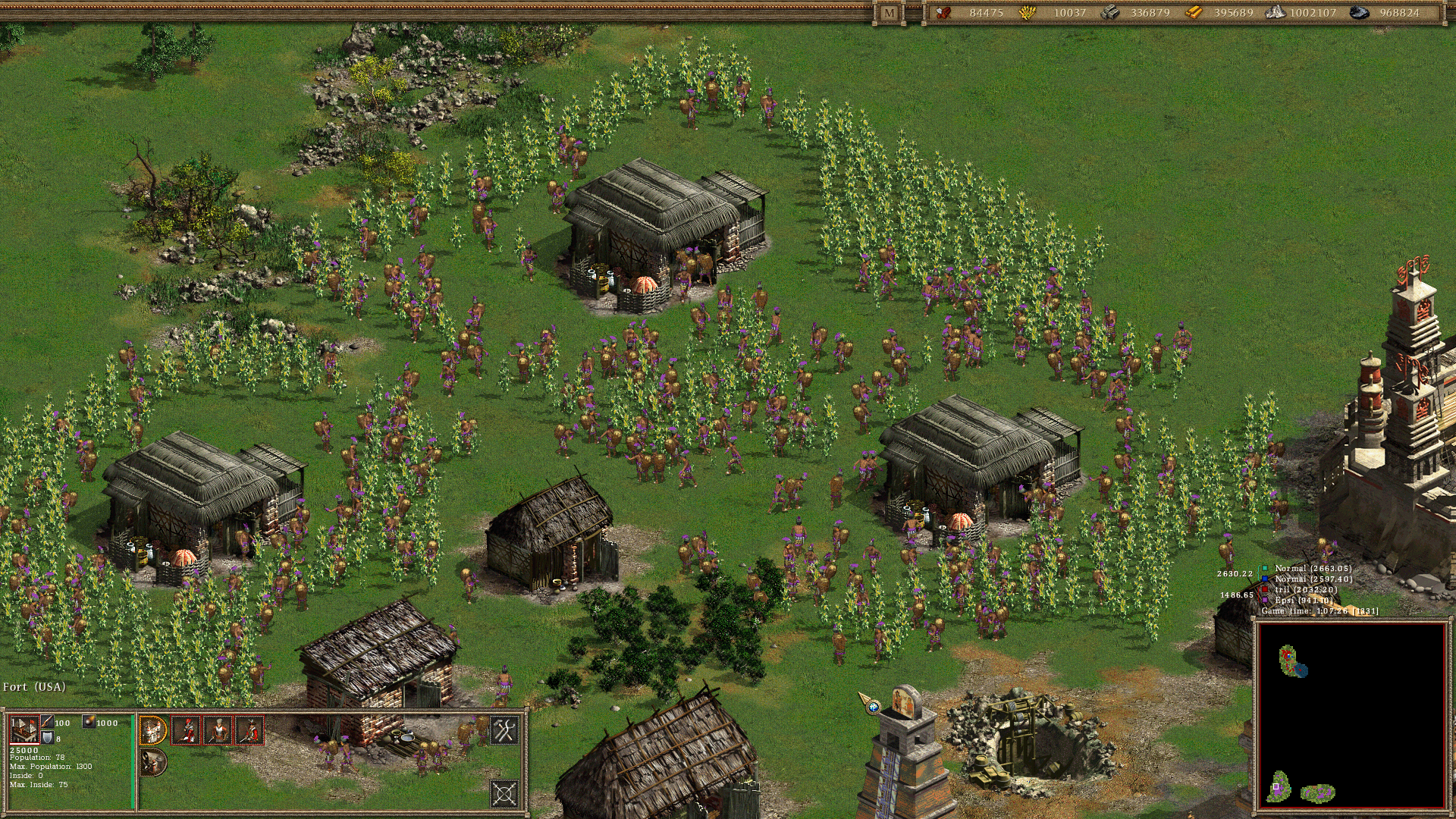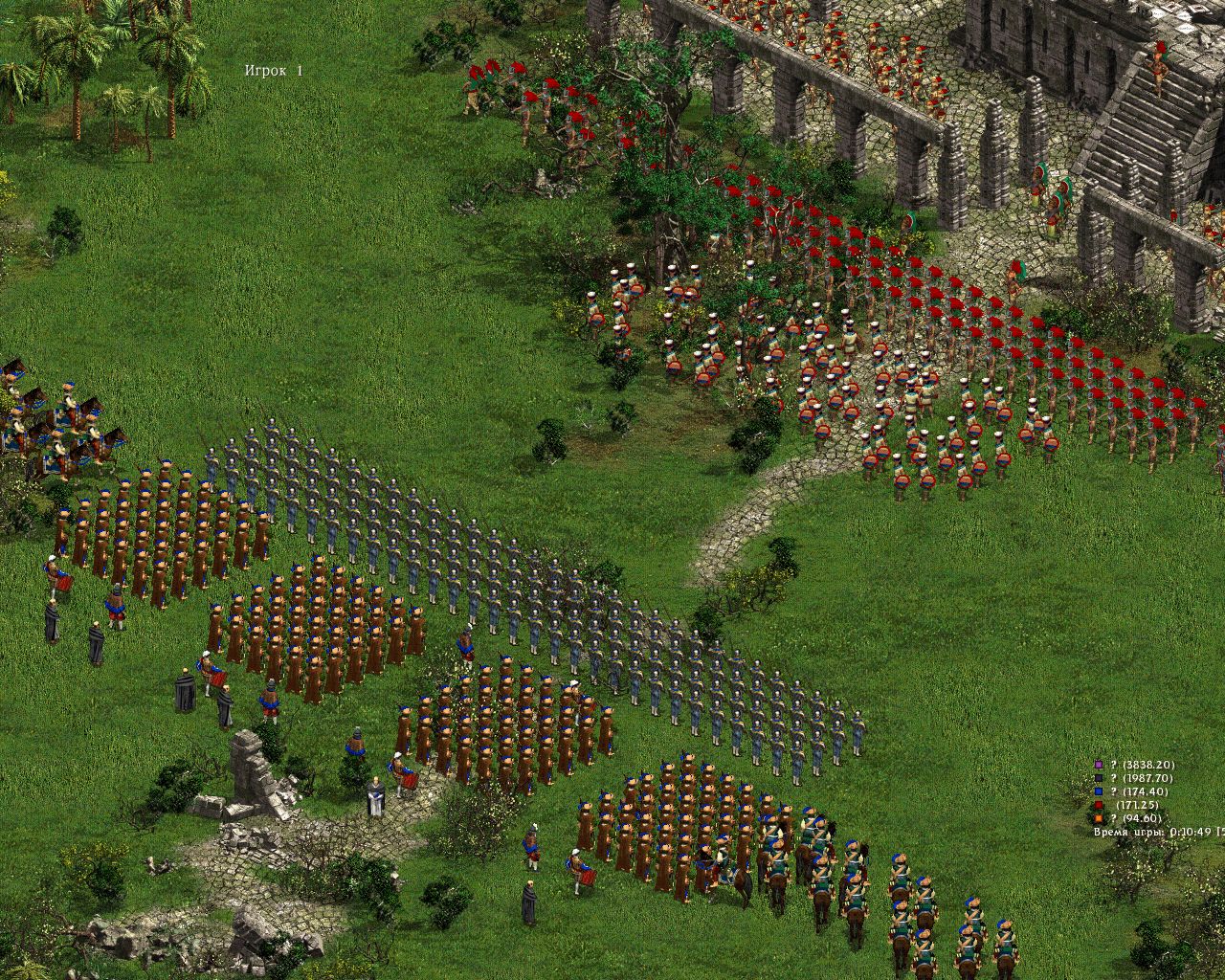
Kroeber reanalyzed Mooney’s work and estimated 900,000 individuals for the same region and period. Mooney concluded that approximately 1,115,000 individuals lived in Northern America at the time of Columbian landfall. He estimated the precontact population density of each culture area based on historical accounts and carrying capacity, an estimate of the number of people who could be supported by a given form of subsistence. In 1910 anthropologist James Mooney undertook the first thorough investigation of the problem. Scholarly estimates of the pre-Columbian population of Northern America have differed by millions of individuals: the lowest credible approximations propose that some 900,000 people lived north of the Rio Grande in 1492, and the highest posit some 18,000,000. North America and Europe circa 1492 The population of Native America More-recent events are considered in the final part of this article, Developments in the late 20th and early 21st centuries. The sections below consider broad trends in Native American history from the late 15th century to the late 20th century.

Likewise, Spanish conquistadors were engaged in a fundamentally different kind of colonial enterprise than were their counterparts from France or England. As one would expect, indigenous American farmers living in stratified societies, such as the Natchez, engaged with Europeans differently than did those who relied on hunting and gathering, such as the Apache. Native American history is made additionally complex by the diverse geographic and cultural backgrounds of the peoples involved. Powhatan village of Secoton, colour engraving by Theodor de Bry, 1590, after a watercolour drawing by John White, c.


Britannica Classics Check out these retro videos from Encyclopedia Britannica’s archives.


 0 kommentar(er)
0 kommentar(er)
